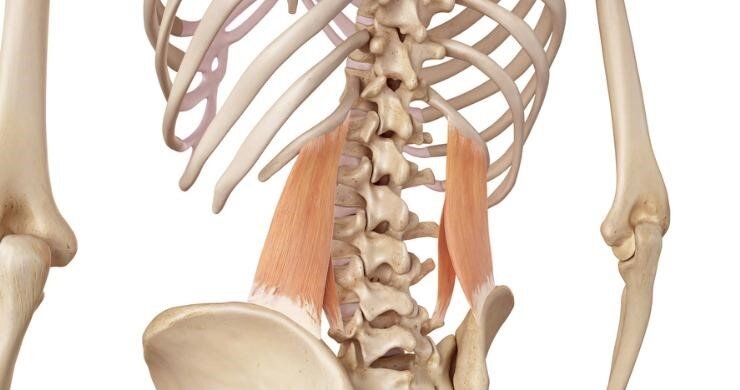The deepest abdominal muscle is the quadratus lumborum (QL). It is situated on either side of the lumbar spine in the lower back. It begins at the bottom of your ribcage and extends to the top of your pelvis. Since you utilize this muscle to sit, stand, and walk, pain in this area is typical. Therefore, your physical health may be impacted by the QL, one of the main causes of lower back discomfort. It can be treated by using devices such as QL Claw.
What Are The Possible Causes?
The quadratus lumborum might hurt due to strain, tension, and misuse. When muscles are overly tight or weak, discomfort and stiffness can occasionally result. In addition, long periods of sitting or other activities can restrict blood flow to an area, particularly the QL and its surroundings, causing Pain at top of buttock crack when sitting.
Repetitive actions and weak back muscles, which result in bad posture, can cause pain. These conditions can all lead to inappropriate twisting, bending, or lifting, which increases the tension. In addition, if your QL has to overcompensate to stabilize your spine and pelvis, it could become overly tight. Accidents and uneven leg lengths can also cause pain in this area.
How Is The Pain Diagnosed?
If you believe you are suffering quadratus lumborum pain, speak with your doctor. They can aid you in locating the source of your suffering. They can also determine whether it’s connected to any underlying medical conditions.
You might need to move around and describe the pain you are experiencing. They can collaborate with you to develop a treatment strategy that includes some form of bodywork. They will advise you to practice self-care and home treatment as well.
How Do We Prevent The Pain?
Maintaining the best physical condition possible will help you avoid quadratus lumborum ache. Maintain a healthy lifestyle and consider seeing a movement therapist maintain your body alignment. Treat it as soon as it appears to prevent pain from getting worse.
Practice stretches and strengthening exercises for the area. Doing side bends and stretches is crucial to loosen up your back and work your side muscles. Practice stretching exercises to increase the distance between your ribs and pelvis. Core exercises like yoga, pilates, and tai chi are efficient. Back discomfort might also be relieved by brisk walking.
Conclusion:
Early treatment of QL discomfort typically allows for long-term management and improvement. Completely healing this part of your body could take some time, even when using a Back cracker device. But as long as you try to improve, things ought to change. Eliminate the causes of your pain and work to maintain your health.

